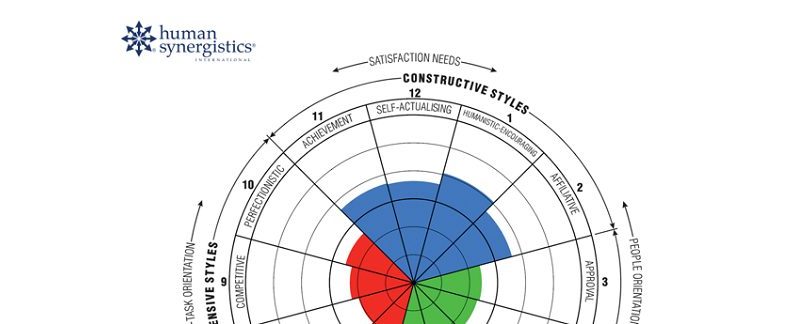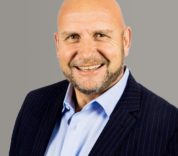
Coaching over 100 individuals and teams over the last 2 years has been an incredible privilege. Their roles range from Board Chairs, Directors, CEOs, Executive & Senior Leaders, High Potentials and Functional Leads which has culminated in an incredible array of talent. While every individual circumstance is unique and coaching action plan specific, there are 5 impactful insights that have emerged from these coaching experiences which can guide our intent around what good looks like. They are as follows:
- The Power of Trust – Human relationships, personal and professional start and end with trust. Without trust there is no relationship. Trust takes time to build and rarely we spend enough time building strong foundations around it. The challenge translates to how we build trust and how we build it quickly so that we can move at pace with individuals, teams and other partners. Trust cannot be faked, nor can it be bought. It is a process of building understanding and connection through consistent and reliable personal interactions and actions.
- Prioritise What Good Looks Like – Leaders and teams need to strive more to articulate the desired GOOD outcomes and ways of working. Surprisingly, 9 of 10 leaders (I have coached) can, both consciously and sub-consciously, focus more effort on mistakes made to shape performance rather than encourage and articulate what good looks like. The Human Synergistics’ Leadership Impact tool provides insights to an individual’s “Prescriptive” Behaviour (positive actions to achieve specific leadership outcomes) and “Restrictive” Behaviours (actions that erode trust). Creating clarity for what we like and expect is hard. Highlighting what we don’t like is easy. Unfortunately, a restrictive bias can detract to clipping wings rather than growing them. We must amp up our focus on the GOOD to elicit a more positive response from the people we engage with.
- Satisfaction Over Security – Are individuals wired to be more Passive, Aggressive or Constructive? In those I have coached, the Human Synergistics Circumplex has highlighted individuals entering a new leadership role are pre-occupied with external validation rather than focusing intrinsically on improving in everything they do because they are driven from within. Am I doing a good job? Am I doing things right? These leaders need to recognise this and challenge themselves to be more proactive, to look at extending into the unknown as an opportunity to grow. Be confident extending and even making the odd mistake, as this is the way we can truly grow. Successful leaders create an environment where this is possible and encouraged. As John Maxwell once stated, “change is inevitable, growth is optional”. A powerful insight for all of us as leaders in changing times.
- We Not Me – People prioritised over Task. Expanding the concept of individual and team mindset, a leader must transform any focus on Me (the individual) and flip it to We (the Team). This insight aligns to the leadership principle to focus less on task and more on enabling people to be the best they can be – believing in and helping fulfill their potential. Only when the priority is on “We” can teams truly recognise what enables the highest performance which is the sum of the parts. This requires a real focus again on rewarding team effort and acts of individual self interest and gain.
- High Performance Look & Feel – There is a distinct difference between what High Performance looks like and what it feels like. The process to build a High Performing Team takes time. It begins with formal actions to align goals, build a team, clarify roles, define values, establish communication protocols, design effective processes, reward consistent behaviours and recognition around initiatives that build the team. However, just completing these actions are no guarantee. These actions need to enable a connection for the team to instinctively live, breath and function as one team. The actions need to translate to trust, understanding and collaboration. A degree of certainty and purpose to how the team functions is critical. In essence people should know where they fit and how they can connect with each other recognising we are stronger together.
A rich blend of all 5 insights is required from all leaders. It is ultimately the intangible translation of the tangible actions that creates the connection for constructive behaviour. If you have an opportunity or challenge with individual leaders or teams and you would like to explore possibilities, reach out and read one of our many case studies to understand how we can help you solve your specific challenges.



